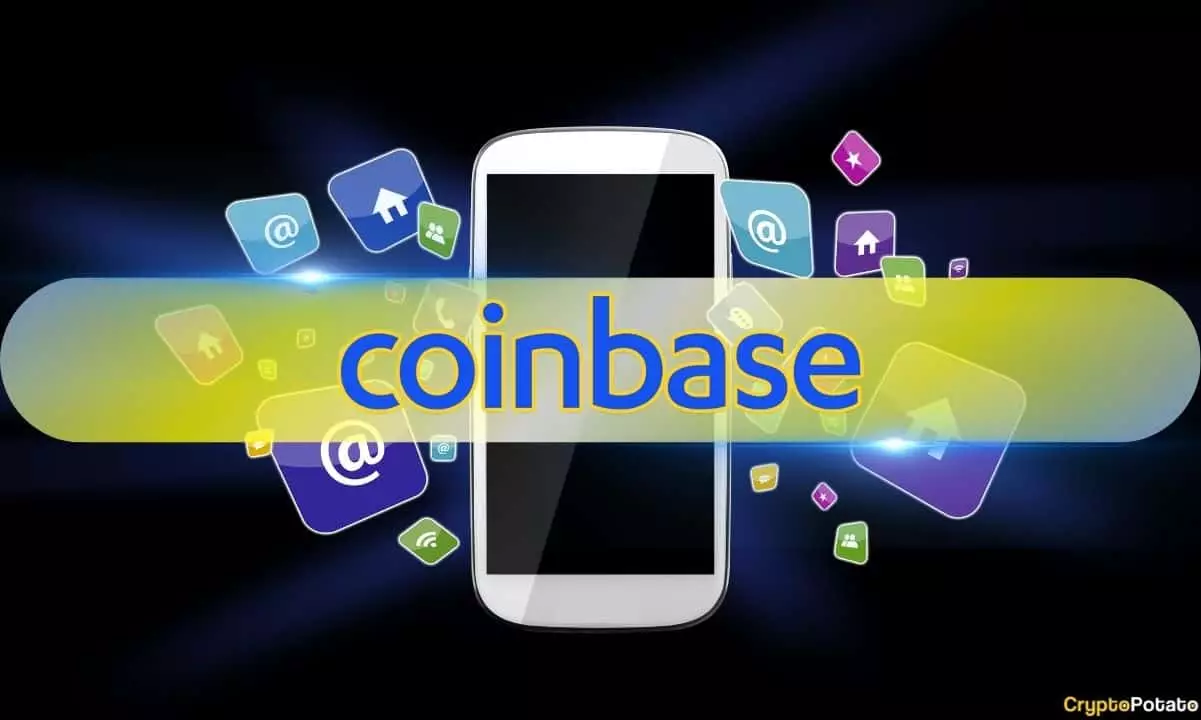Coinbase’s recent rebranding of its Wallet to the Base app signifies an ambitious leap towards creating an integrated platform that transcends mere cryptocurrency management. This move is emblematic of a tech giant attempting to redefine social, financial, and creative interaction in a single space. By positioning Base as an “everything app,” Coinbase ambitiously aims to fuse social media, digital payments, mini-apps, and blockchain transactions into one cohesive experience. The goal? To empower users not merely to manage their assets but to enable them to create, earn, and connect seamlessly—challenging established social networks and payment platforms in one fell swoop.
This vision, if successful, offers an innovative approach to economic and social freedom. Coinbase is betting on the underlying Ethereum Layer 2 infrastructure—Base—as the backbone for this ecosystem, promising lower fees and increased transaction speed to facilitate a frictionless, permissionless digital universe. While at face value it appears to be a natural evolution of blockchain utility, the underlying question is whether this integration can truly deliver the promised democratization of digital life or whether it’s an overreach destined for failure.
The Good, the Bad, and the Overreach
At the heart of Coinbase’s strategy lies a tantalizing promise: a decentralized social network fueled by crypto, where creators can tokenize their content, earn tips directly, and remain in control of their digital assets. The introduction of features like the social feed on Farcaster and mini-apps suggests a future where users are not just passive consumers but active participants in a blockchain-powered economy. The idea of turning posts into tokens and earning from engagement echoes a promising shift toward more equitable digital economies, challenging traditional monetization models controlled by tech giants.
However, this utopian vision is marred by significant hurdles. The platform’s current beta launch and geo-restrictions—exclusively available to U.S. users and not yet in the EU or Canada—highlight the uneven rollout and regulatory uncertainties. Moreover, integrating such a complex blend of social, financial, and blockchain features creates a risky entanglement that could become unwieldy, confusing users and potentially exposing them to vulnerabilities—be it privacy concerns, security flaws, or regulatory crackdowns.
The emphasis on earning opportunities and rewards raises questions about sustainability. Will the incentive mechanisms foster genuine engagement, or will they devolve into speculative hype? The promise of a 1% cash-back for USDC payments in the U.S., while attractive, hints at an underlying reliance on economic incentives that may be difficult to maintain long-term as regulatory scrutiny intensifies.
Will It Thrive or Crash and Burn?
From a strategic perspective, Coinbase’s move can be seen as a high-stakes gamble to centralize the decentralized crypto movement. While the platform injects fresh energy into the ecosystem, it also risks assuming too much, too soon. The concept of merging social networks with crypto paychecks, tokenized content, and mini-apps is innovative but also fraught with potential pitfalls—regulatory backlash, technical complexities, and user alienation are significant concerns.
Moreover, forcing a shift towards a permissionless platform from a reputation as a traditional exchange might backfire if the user experience isn’t seamless or if the platform becomes entangled in legal struggles over securities laws or KYC/AML regulations. Enthusiasts may see it as a step forward, but skeptics and regulators could view it as a threat to financial stability and consumer protection.
The future of Coinbase’s Base app depends heavily on how well they navigate these treacherous waters. A poorly executed rollout or a failure to gain widespread adoption outside the U.S. could leave the project stranded, a misguided experiment in crypto evangelism. Conversely, if they succeed, they could push the entire industry towards a more unified, user-centric blockchain-driven future—though history warns us to be skeptical of such overnight revolutions.
In essence, Coinbase’s “everything app” is a double-edged sword: a bold vision of democratized digital life that could either revolutionize how we connect and transact or morph into another overhyped failure driven by overconfidence and regulatory overreach. Whether this gamble pays off remains an open question—and one that will ultimately test the company’s resilience and the industry’s future.

